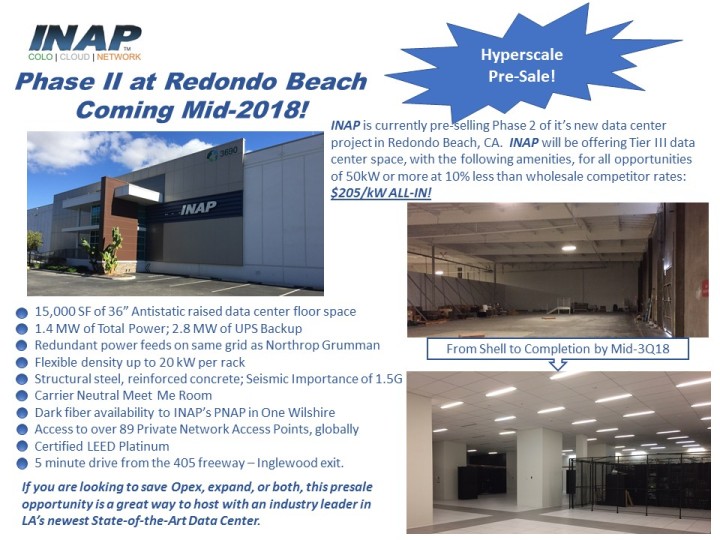At this time of year, most enterprises are completing their evaluation of data center, colocation, or IT needs for the coming year, the trick being to avoid veering off the prescribed path when faced with the headwinds of everyday business turbulence during the coming year.
Tried and true methodologies, as well as other experiments have produced varying degrees of success, and the hunt for the Holy Grail continues. However, there are a few items to which attention should be paid.
- Business Goals & Objectives – This is guiding principal should serve as a road map, as everything must be aligned with the business goals of the company, or business unit. Without this overarching guidance, how is success measured?
- Industry Specific & Corporate Compliance – Compliance regulations vary from company vertical. Regardless of the type, or breadth of the regulation or compliance standard, adherence will play a role in capacity planning and the solution configuration.
- Rack Optimization – Moving from the strategic to the tactical points, having an accurate inventory of IT equipment, understanding the utilization of each component of the inventory, and how those assets are arranged at the rack level, is key to being able to create a more efficient environment from a compute perspective, as well as a power and cooling utilization perspective, such as containment.
- Power Usage, Cooling & Cost – As a direct outgrowth of rack optimization, power utilization and the cost of the power can have a dramatic effect on the budget. In many situations, the cost of power can be the largest component of the overall pricing structure and budget, especially when considering the cooling cost (referred to as “uplift”, or “PUE”). Controlling this cost through geographic location, can yield significant savings as power costs can range from $0.02 per kWh to $0.33 per kWh.
- Social Responsibility & Sustainability – Most public companies and many privately-held companies have been attuned to Social Responsibility and Sustainability for at least the last decade. As these doctrines have been infused in the respective mission statements and operating principles, changes have eventually, but not always trickled down to IT operations. Alignment may be another box to check, or there may be serious implications in not complying with these directives.
- Leveraging Infrastructure (Cloud) Platforms – The pendulum is continuing to swing from Colocation in the direction of Cloud. Over the past several years, adoption has been as dynamic and aggressive as the growth and diversity of different flavors and offerings. From Software-as-a-Service, to Infrastructure-as-a-Service, Bare Metal, Platform-as-a-Service, Disaster Recovery-as-a-Service, and Everything-as-a-Service, it seems that there is no end to the prolific naming of new services. However, behind the plethora of names are some very valuable solutions that streamline business processes, reduce expenses, and increase bottom-line profits. Creating the right balance of Colocation and Cloud Infrastructure is a key factor in how enterprises survive business challenges.
- Software Tools – Are there any companies operating without the assistance of an ERP (Enterprise Resource Planning) solution? Most notable among the offerings are those from SAP, Oracle and Microsoft, but there are many others. These tools are invaluable in assessing and directing planning activities.
The concluding point to all of this is start planning early, continue to review and optimize the plan and apply it to business operations.
